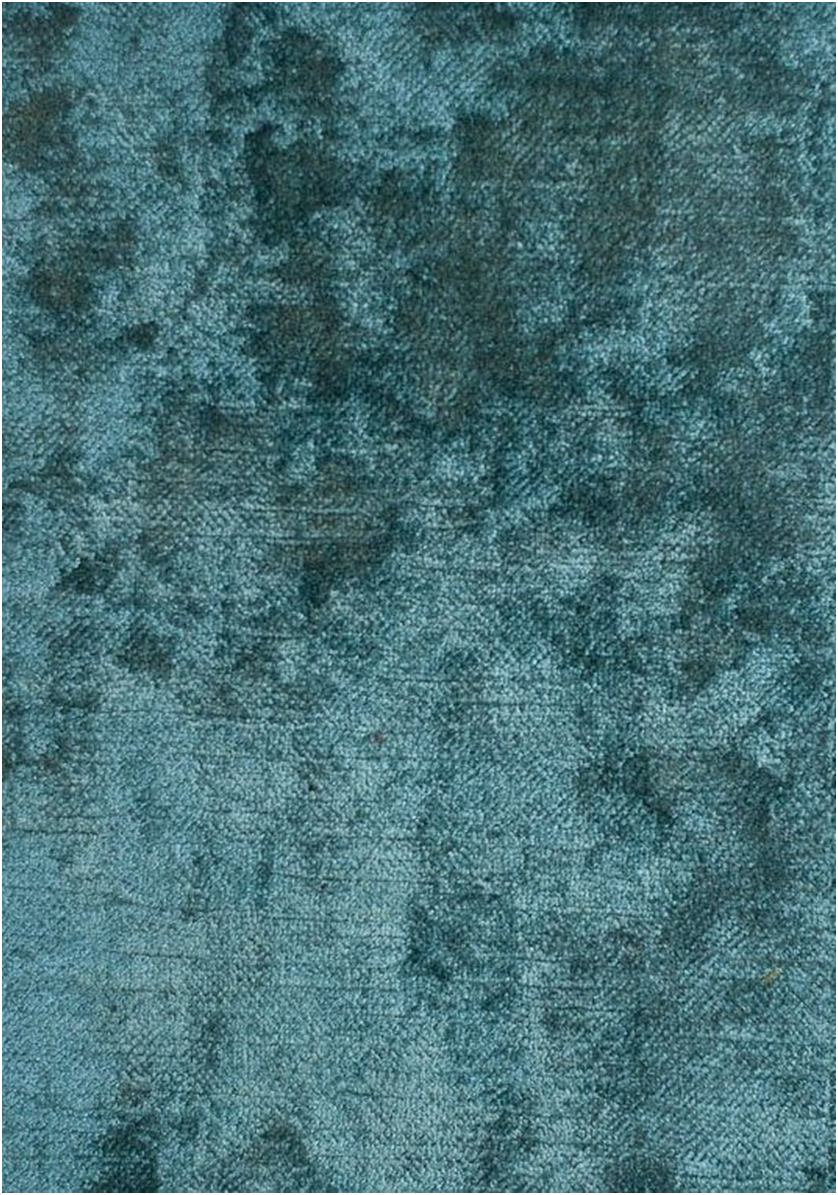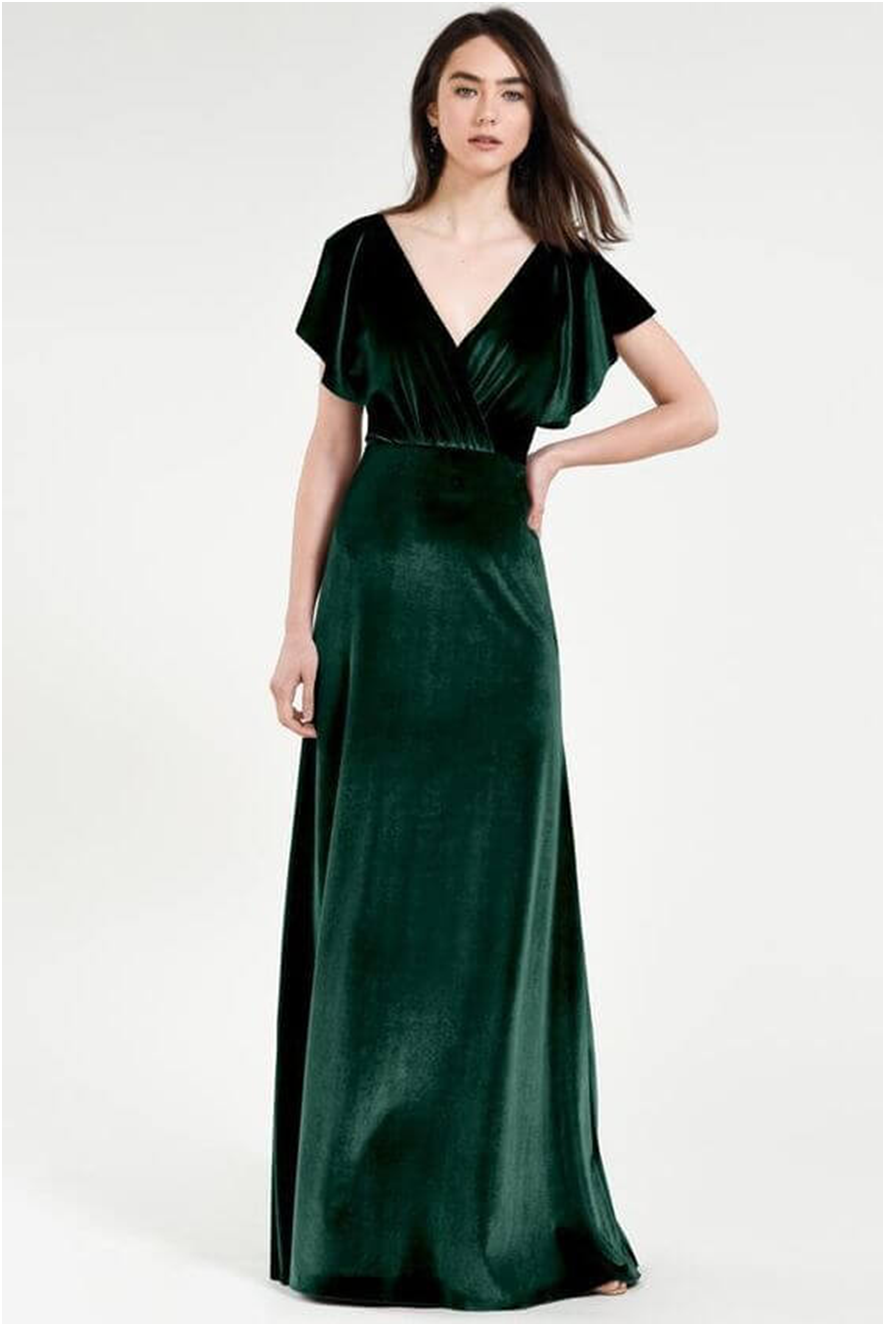What is Velvet Fabric: Properties, How its Made and Where
What is velvet fabric?
Velvet is a sleek, soft fabric that is commonly used in intimate garments, upholstery and other textile applications. Due to how expensive it was to produce velvet textiles in the past, this fabric is often associated with the aristocracy. Even though most types of modern velvet are adulterated with cheap synthetic materials, this unique fabric remains one of the sleekest, softest man-made materials ever engineered.
History of velvet
The first recorded mention of velvet fabric is from the 14th century, and scholars of the past mostly believed that this textile was originally produced in East Asia before making its way down the Silk Road into Europe. Traditional forms of velvet were made with pure silk, which made them incredibly popular. Asian silk was already very soft, but the unique production processes used to make velvet result in a material that’s even more sumptuous and luxurious than other silk products.
Until velvet gained popularity in Europe during the Renaissance, this fabric was commonly used in the Middle East. The records of many civilizations located within the borders of in modern Iraq and Iran, for instance, indicate that velvet was a favorite fabric among the royalty the region.
Velvet today
When machine looms were invented, velvet production became much less expensive, and the development of synthetic fabrics that somewhat approximate the properties of silk finally brought the wonders of velvet to even the lowest rungs of society. While today’s velvet may not be as pure or exotic as the velvet of the past, it remains prized as a material for curtains, blankets, stuffed animals, and all manner of other products that are supposed to be as soft and cuddly as possible.
How is velvet fabric made?
While various materials can be used to make velvet, the process used to produce this fabric is the same regardless of which base textile is used. Velvet can only be woven on a unique type of loom that spins two layers of fabric simultaneously. These fabric layers are then separated, and they are wound up on rolls.
Velvet is made with vertical yarn, and velveteen is made with horizontal yarn, but otherwise, these two textiles are made with largely the same processes. Velveteen, however, is often mixed with normal cotton yarn, which reduces its quality and changes its texture.
Silk, one of the most popular velvet materials, is made by unraveling the cocoons of silkworms and spinning these threads into yarn. Synthetic textiles such as rayon are made by rendering petrochemicals into filaments. Once one of these yarn types is woven into velvet cloth, it can be dyed or treated depending on the intended application.
How is velvet fabric used?
The main desirable attribute of velvet is its softness, so this textile is primarily used in applications in which fabric is placed close to the skin. At the same time, velvet also has a distinctive visual allure, so it’s commonly used in home decor in applications such as curtains and throw pillows. Unlike some other interior decor items, velvet feels as good as it looks, which makes this fabric a multi-sensory home design experience.
Due to its softness, velvet is sometimes used in bedding. In particular, this fabric is commonly used in the insulative blankets that are placed between sheets and duvets. Velvet is much more prevalent in womenswear than it is in clothing for men, and it is often used to accentuate womanly curves and create stunning eveningwear. Some stiff forms of velvet are used to make hats, and this material is popular in glove linings.
Where is velvet fabric produced?
Like most types of textiles, the largest share of the world’s velvet is produced in China. Since this fabric can be produced with two different types of textiles, however, it’s important to touch on each variety in turn:
How much does velvet fabric cost?
Velvet made with synthetic materials is generally quite inexpensive. Full-silk velvet, however, may cost hundreds of dollars per yard since making this fabric is so labor-intensive. Velvet fabric that is woven with care using sustainable materials will always cost more than fabric that was made cheaply using synthetic textiles.
What different types of velvet fabric are there?
Over the centuries, dozens of different types of velvet fabric have been developed. Here are a handful of examples:
1. Chiffon velvet
Also known as transparent velvet, this ultra-sheer form of velvet is often used in formal garments and eveningwear.

2. Crushed velvet
Perhaps one of the most distinctive forms of velvet, crushed velvet offers a varied texture that is achieved by either pressing or twisting the fabric when wet. Rather than having a uniform surface, crushed velvet rises and falls in a way that is both randomly organic and visually fascinating.
3. Embossed velvet
This type of velvet has words, symbols, or other shapes embossed into it. The embossed section is slightly shorter than the surrounding velvet, and in most cases, this embossing effect can also be felt to the touch.

4. Hammered velvet
Considered to be one of the most lustrous forms of velvet, this type of fabric has been firmly pressed or smashed rather than crushed. The resulting fabric is dappled and highly reminiscent of the coat of a soft, warm animal.
5. Lyons velvet
This type of velvet is much denser than other varieties of the fabric, which results in a stiff textile that is ideal for various outerwear applications. From coats to hats, Lyons velvet is considered to be one of the most luxurious outerwear materials in existence.

6. Panne velvet
While the term “Panne” can mean multiple things in relation to velvet, this term originally designated a type of crushed velvet that was subjected to a specific single-direction thrusting moment. These days, Panne is more widely used to refer to velvet with a bunched appearance.
7. Utrecht velvet
This type of crimped velvet has largely gone out of style, but it is sometimes still used in dresses and eveningwear.
8. Voided velvet
This type of velvet features patterns made from sections with pile and sections without. Any number of shapes or designs can be made, which makes this type of velvet similar to embossed velvet.
9. Ring velvet
Originally, velvet could only be considered “ring velvet” if it could be drawn through a wedding ring. Essentially, ring velvet is incredibly fine and light like chiffon.

How does velvet fabric impact the environment?
Since “velvet” refers to a fabric weave instead of a material, it can’t technically be said that velvet as a concept has any impact on the environment. The different materials used to make velvet, however, have varying degrees of environmental impact that should be carefully considered.
Post time: Jun-29-2022


